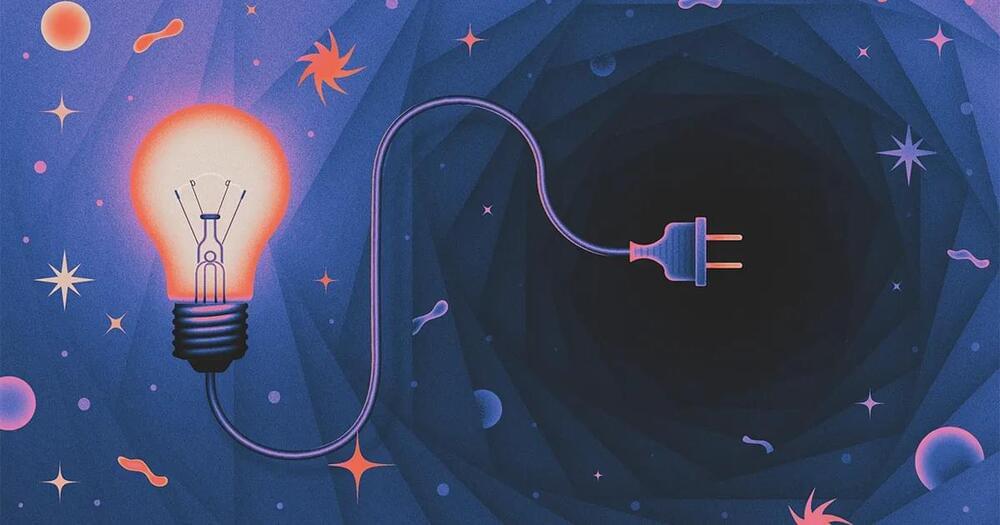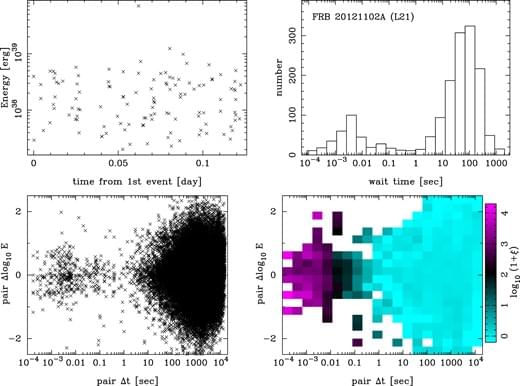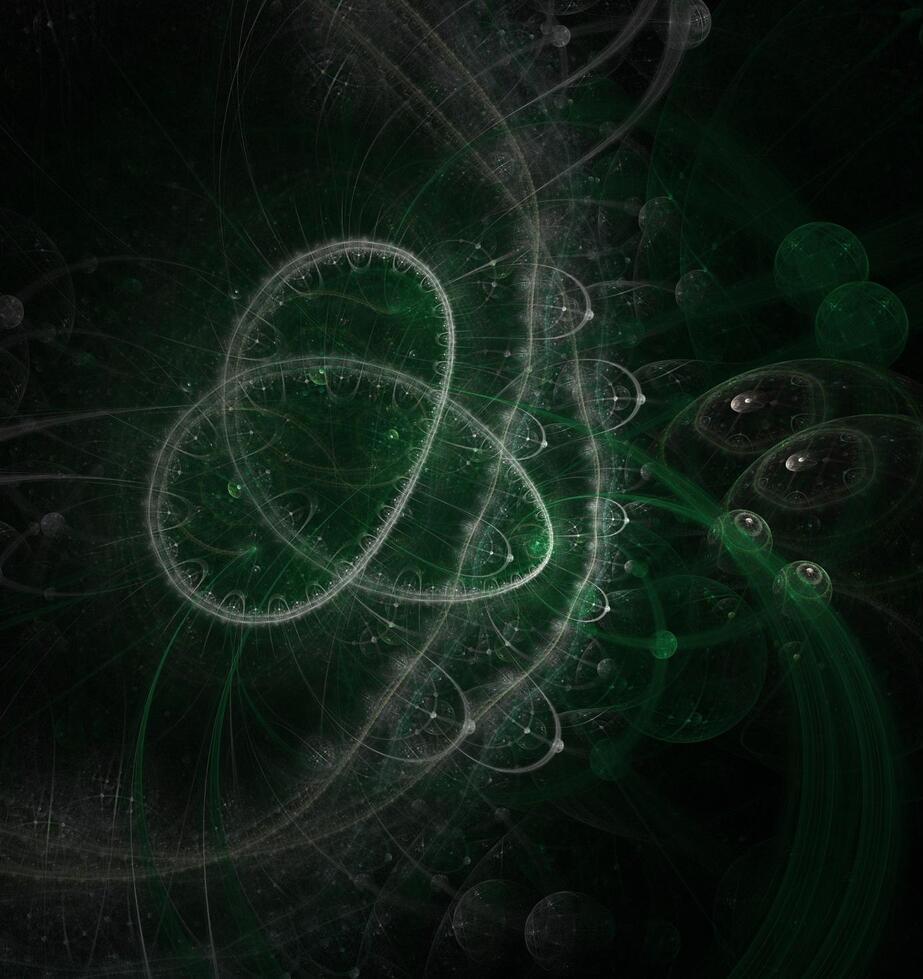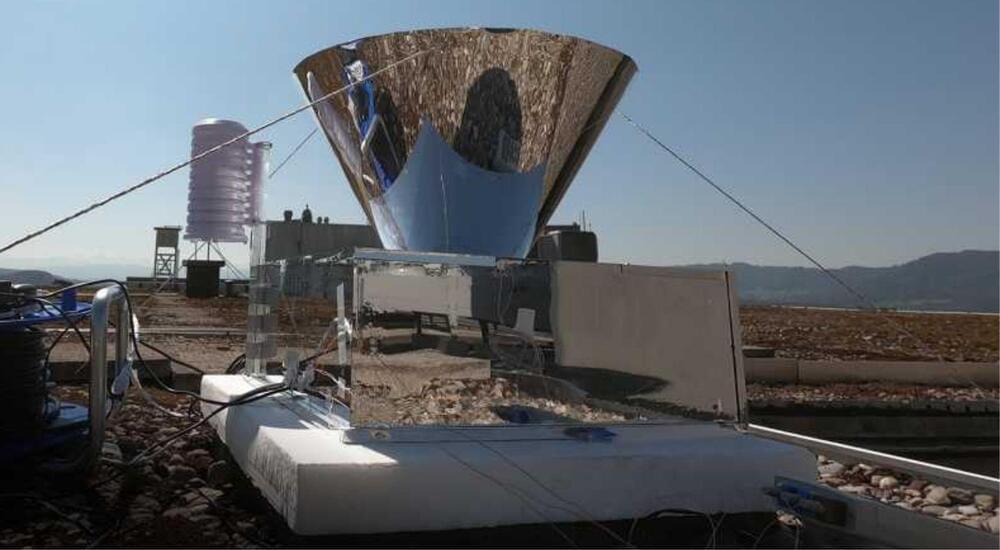Oct 20, 2023
Microsoft’s futuristic ‘Project Silica’ stores data on glass plates for 10,000 years
Posted by Dan Kummer in categories: energy, sustainability
Microsoft Research, the R&D arm of the Redmond software giant, is testing the storage of huge amounts of data on glass plates in a futuristic initiative dubbed “Project Silica.” If successful, it could be used to store information for thousands of years without degradation.
The Microsoft researchers store the data in the glass using three-dimensional pixels called voxels. In contrast to classical storage methods such as magnetic spinning disks, the “saucer-sized glass plates of Project Silica will store data for thousands of years and create sustainable storage for the world,” as Microsoft describes it.
Magnetic storage, while widely used, is problematic, according to Microsoft. Because of their limited lifespan, they need to be recopied frequently, which increases energy consumption and operating costs over time: “A hard disk drive might last five years. A tape, well, if you’re brave, it might last ten years”, explains Ant Rowstron, Distinguished Engineer, Project Silica.

















